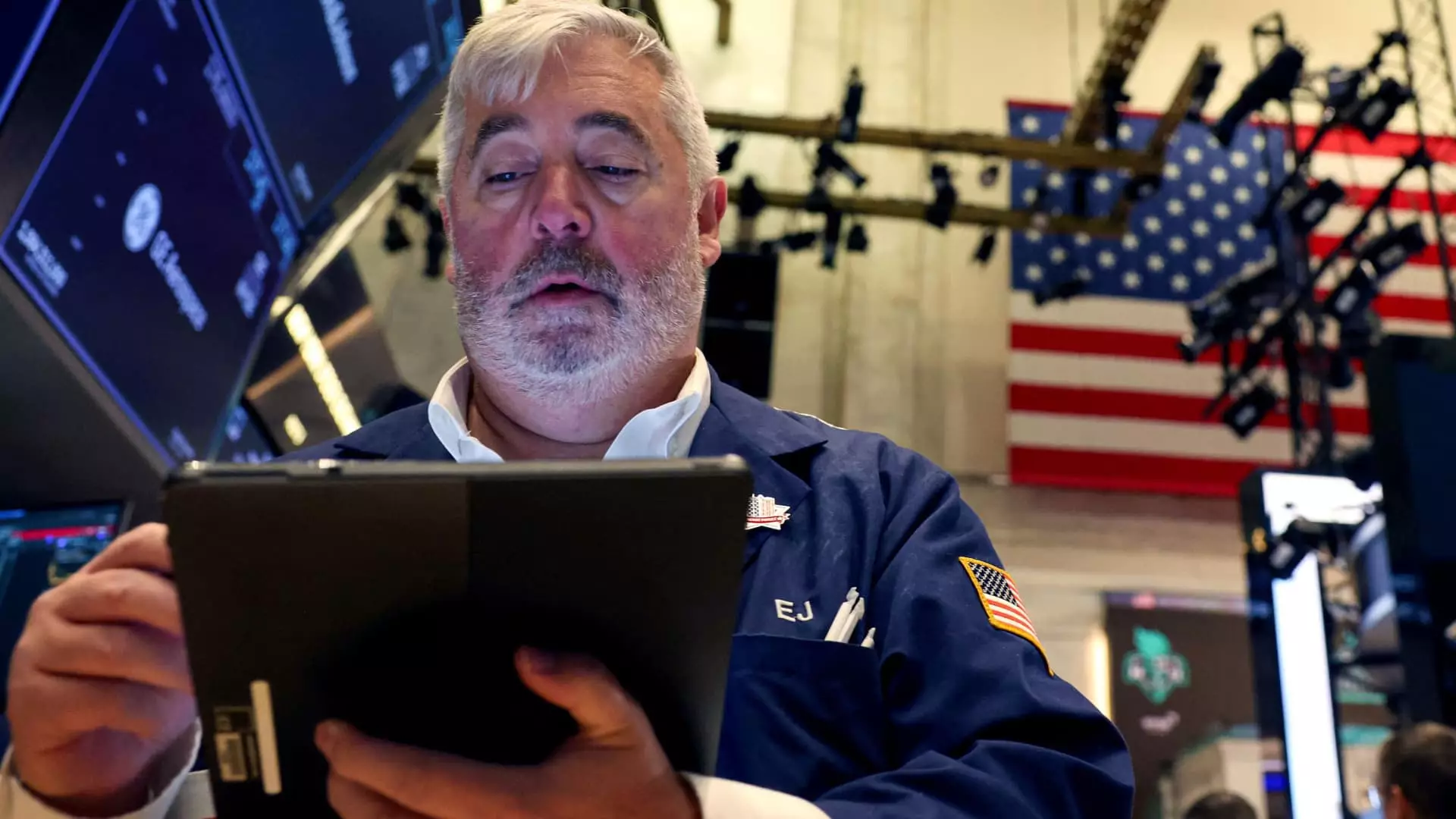In the modern financial landscape, treasury yields often reflect broader economic sentiments, particularly influenced by political developments. Recent trading activities showcase how the political climate can directly steer market reactions, specifically in the context of former President Donald Trump’s Electoral College victories. The uptick in yields, particularly of the 10-year Treasury note, speaks volumes about investor confidence and expectations regarding fiscal policy under a potential Trump presidency.
Treasury yields represent the return on investment for U.S. government bonds, which are often seen as benchmarks for other interest rates in the economy. A fundamental principle in bond markets is the inverse relationship between yields and bond prices; when investors anticipate economic growth or increased government spending, they may sell off bonds, driving yields upward. This dynamic was clearly illustrated in the aftermath of the recent electoral results, where optimism concerning a Trump-led economic policy shift led to a significant uptick in treasury yields.
Following Trump’s strong performance in key states like North Carolina, Pennsylvania, and Georgia, the 10-year Treasury yield soared by 15 basis points, reaching 4.435%—its highest mark since early July. This sharp increase was not an isolated event; it was part of a broader expectation among investors who were forecasting that Trump’s potential re-election could lead to intensified fiscal spending and economic expansion efforts. Concurrently, the 2-year Treasury yield rose by 8 basis points, indicating that even shorter-term securities were reflecting similar investor sentiments.
The prospect of a Republican majority in the Senate and potential control of the House added another layer of optimism in the markets. Historically, under Republican governance, the introduction of tax cuts and deregulation can instigate growth, albeit with trade-offs that often exacerbate fiscal deficits. Economists like Jeremy Siegel from the Wharton School express apprehension regarding the implications of a Republican sweep, pointing to anticipated ramifications such as an inflationary environment and increased borrowing through treasury issuance.
Market responses to political events are often preemptive. In this scenario, there were indications of a broad expectation for treasury yields to rise considerably if Trump emerged victorious. Financial analysts have suggested that yields could approach or even exceed 4.5% based on the mounting expectations of his fiscal policies. The remarkable surge of 50 basis points in October aptly demonstrates market volatility linked to political forecasts, marking the most significant monthly leap since September 2022.
Investor confidence is also contingent upon perceptions of fiscal responsibility. Neither Trump nor Vice President Harris have exhibited a commitment to stringent fiscal measures during their campaigns, which raises concerns about potential increases in government debt. With expectations of expanding deficits—either through new spending programs or tax policy changes—investors may demand higher yields as compensation for the perceived risk of holding government securities. Byron Anderson from Laffer Tengler Investments observed a pronounced sell-off across the yield curve as market reactions leaned towards the “Trump trade,” emphasizing a potential return to political dynamics influencing financial markets profoundly.
As the Federal Reserve approaches its next decision regarding interest rates, there is heightened speculation about potential cuts aimed at stimulating economic growth. Observers are carefully analyzing how the Fed will respond to these rapid shifts in treasury yields influenced largely by the political landscape. A quarter-point cut might provide temporary relief to the treasury market, but the foundational concerns about fiscal governance and inflation will remain at the forefront of investor sentiment.
The interconnectedness of political events and financial markets underscores the critical nature of investor psychology in response to electoral dynamics. The rising treasury yields following Trump’s electoral success serve as a stark reminder of how political perceptions can sway economic outlooks. As market participants navigate these uncertain waters, their decisions will reflect a balance between optimism regarding growth and trepidation over fiscal prudence. The coming weeks will undoubtedly be pivotal in determining whether this upward trend in yields is a harbinger of sustained economic expansion or a prelude to more significant market corrections.

